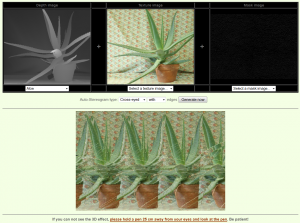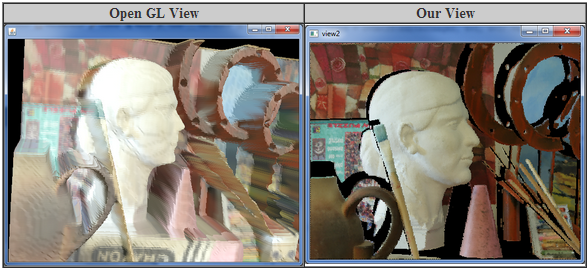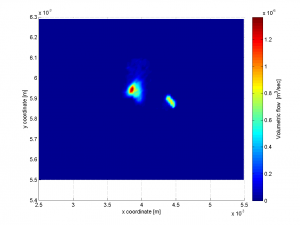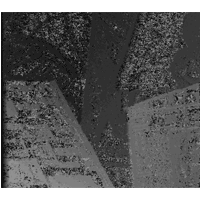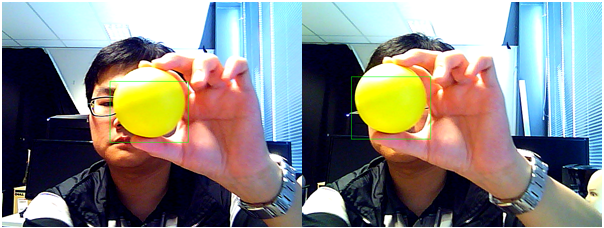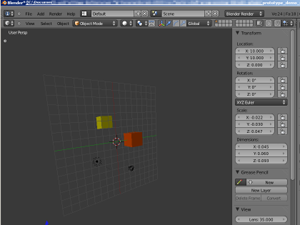We present a fully featured, web-based, online autostereogram creation system [bibcite key=webIvcnz11,minhPhd] that allows a user to upload their own stereo images, generate depth data via computational stereo vision, and then turn this depth data into an autostereogram. The system can also perform the reverse process and extract depth data from a given autosteregram or generate anaglyphs from them. By leveraging the parallelism of modern graphics processors (GPUs), the system can process video streams, creating depthmaps and converting them into autostereogram videos at real-time frame-rates transmitted over the internet. For usability the system provides automatic image rectification for the user provided stereo image pairs. These novel features place the system ahead of current alternatives and allows a wide variety of users to experience stereo reconstruction and autostereogram generation in a quick and easy manner. Additionally, the system could serve as a platform for online based visual perception studies.
Click here to go to the Project page.
-
Recent Posts
- Image Processing for Environmental Science: PROTINUS Demo
- Image Processing for Environmental Science: Multi-sensing for Marine Sciences (MUSE)
- Image Processing for Environmental Science: PROTINUS
- Automatic Lip Tracking: Bayesian Segmentation and Active Contours In A Cooperative Scheme
- Automatic Lip Tracking: Demo
Recent Comments
Archives
Categories
Meta
April 2024 M T W T F S S 1 2 3 4 5 6 7 8 9 10 11 12 13 14 15 16 17 18 19 20 21 22 23 24 25 26 27 28 29 30





